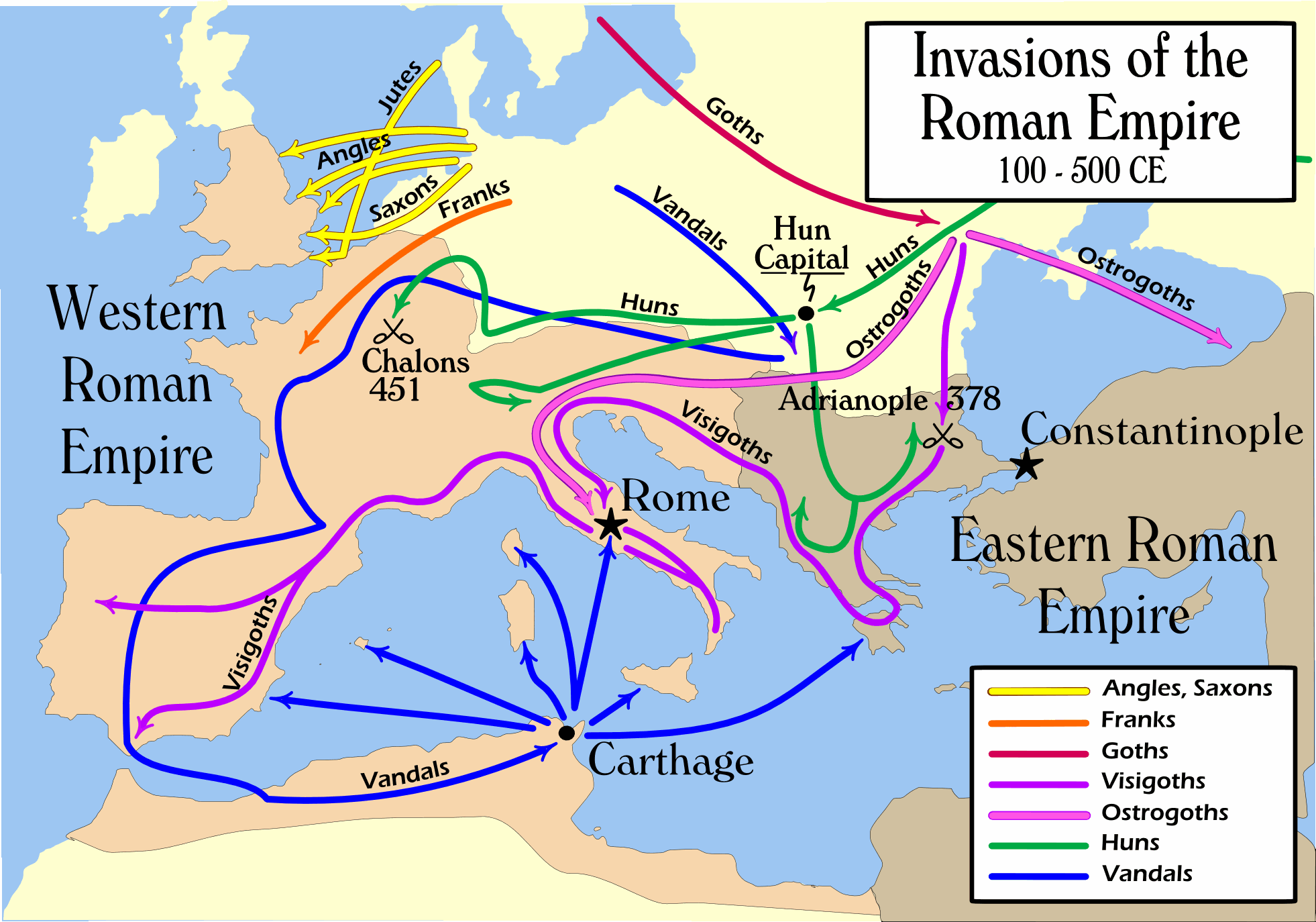A Brief History on the Comparisons Between the Civilizations of Rome and the Germanic Barbarians
The Foundations of the Roman Civilization
Rome was the dominant civilization during the peak of its power, renowned for its architectural marvels, organized government and military prowess. The Romans established cities all across Europe and the Mediterranean world with infrastructure like aqueducts, baths, temples and forums at their cores. Roman engineering and urban planning laid the groundwork for advanced societies to develop for generations. Their written language, Latin, also became widely used for legal and administrative functions, facilitating communication across borders.

Weapon and Armor Advancements Among the Germanic Tribes
While Rome built an empire, the tribal peoples of Germania focused on survival in the harsh northern climates. One area they outpaced the Romans was in metalworking technologies, specifically the production of iron. Small forges employing local deposits of bog iron allowed tribes to manufacture armor and weapons more easily. This provided the Germanic warriors competitive military equipment like swords and chainmail without relying on trade. However, they did not establish the kind of large-scale manufacturing centers the Romans operated.
The Contrasts in Construction and Urban Living
The Romans were unmatched in their public building projects that transformed settlements into populous, sanitary cities. Aqueducts piped fresh water, sewers removed waste, and magnificent structures from temples to baths improved daily life. Meanwhile, Germanic towns remained basic and decentralized, lacking amenities. Space was not utilized as efficiently, though settlements did serve defensive and trading roles. While technology narrowed the military gap, daily urban experiences differed greatly between the two cultures at this stage.
Cultural Advancements Under the Roman Empire
As German tribes were conquered or allied with Rome, some began adopting aspects of Roman culture and religion. The Latin alphabet replaced earlier runic writing, joining diverse populations through a shared language. Architecture in the provinces evolved with distinctive regional styles. Gold and silver coins facilitated commerce. Romans provided oversight, but permitted Germanic traditions to continue existing alongside the new cultural influences. Overall, interaction advanced both societies compared to when they remained isolated from one another.
The Collapse of Rome and the Rise of Medieval Kingdoms
By the 5th century AD, repeated invasions depleted the Western Roman Empire until it could no longer defend its borders. Germanic tribes like the Vandals and Visigoths swept in and occupied former imperial territories. This created political vacuums for new states to fill, such as the Frankish realm. Under Charlemagne’s rule, architectural styles combined Roman elements with native Germanic preferences, reflected in grand churches. Illuminated manuscripts witnessed a blossoming of medieval art. The symbiosis of cultures laid foundations for the High Middle Ages across much of Europe. While the barbarian influence grew, it built upon Roman precedents rather than rejected them.
Comparisons of Cultural Developments Over Centuries
In summary, the civilizations of Rome and the Germanic peoples followed different developmental trajectories according to their environments and priorities. Where Rome excelled in city planning, governance and infrastructure-building, the tribes advanced more in military applications of iron. Cultural exchange narrowed gaps over time as outside influences permeated both societies. The collapse of the Western empire did not destroy Rome’s cultural legacy, but rather fused it with emergent medieval kingdoms. Despite clashes, the two proved not mutually exclusive and together helped catalyze progress across Europe in subsequent eras.
